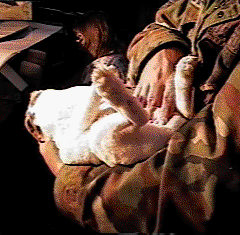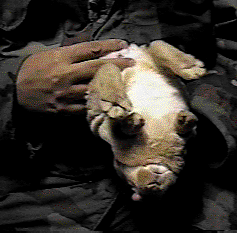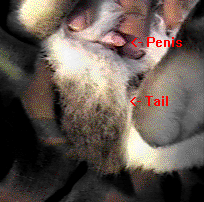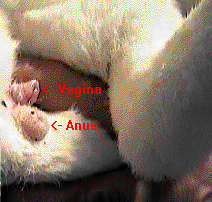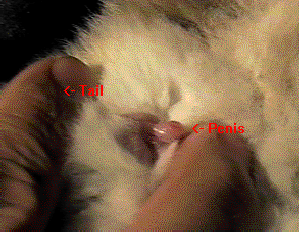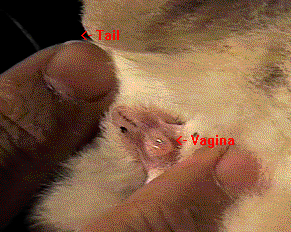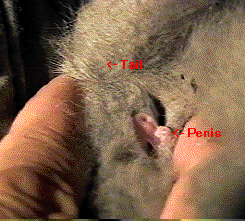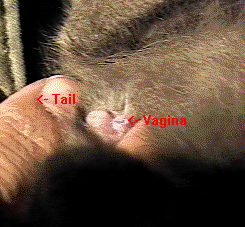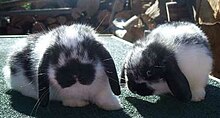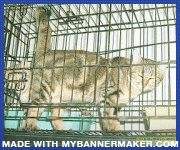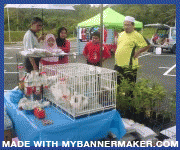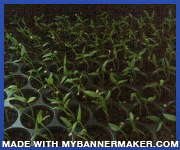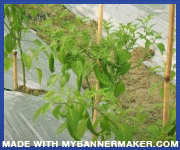Berikut adalah sedikit fakta tentag arnab baka Lion head. Diharap dapat membantu.
Lionhead rabbit is one of the newest breeds of domestic rabbits, excluding in the American Rabbit Breeders' Association. It has particularly long hair surrounding the face, reminiscent of the mane of a male lion, hence the name. Other characteristic traits of the Lionhead include a rounded head and small size, usually between 2.5 and 3.5 pounds. It also tends to have slightly shorter ears than most breeds.
The Lionhead rabbit originated in Belgium. It is reported to have been produced by breeders trying to breed a long coated dwarf rabbit by crossing a miniature Swiss Fox and a Belgian dwarf. The Lionhead seemed to have been more popular than the long coated dwarf, and so breeders carried on this trend in breeding them intentionally, and so came what we know today as the Lionhead rabbit.
The Lionhead has a short well rounded body, and the head is bold with well developed muzzle. Their legs are of medium length and not too fine in bone. Their ears do not exceed 3 inches in length. Their mane is between 2-3 inches in length to form a full circle around the head, extending to a 'V' at the back of the neck falling into a fringe between the ears. Noticeably longer hair on the cheeks and chest. The coat is dense and of medium length, roll back and even all over body in adults.
The breed has been recognized since 2002 by the British Rabbit Council and the North American Lionhead Rabbit Club, however as of yet it is not a fully recognized breed in the American Rabbit Breeders' Association (ARBA). Currently ARBA is working on them as a breed, the year 2008 they recognized Gail Gibbons, as the 1st COD(certificate of development) Holder, in a set of 3 CODs for the Breed standard. During the ARBA show of 2009, however, Lionheads did not receive a COD.
Manes
Typically, the mane is thick, woolly, and soft.Depending on the set of genes a Lionhead gets, it can have a double, single, or no mane.
- Single maned lionhead rabbits
have a mane that is around its head,ears,chin, and sometimes on the chest. The gene for the single mane is Mm. Single maned lionheads are the only ones accepted in shows so far.
- Double maned lionheads have the regular manes, but have a thick "skirt" of wool
around the hindquarters,and tail, but not on the tail. The gene for a double mane is MM. Double maned lionheads are not accepted in shows, but play a very important role in breeding.
- No maned lionheads have, as the name implies, no mane. They look like an ordinary
rabbit, or more namely like a Netherland Dwarf rabbit. The gene for the no-mane is mm.






 A rabbit's diet should be made up of good quality pellets, fresh hay (alfalfa, timothy or oat), water and fresh vegetables. Anything beyond that is a "treat" and should be given in limited quantities.
A rabbit's diet should be made up of good quality pellets, fresh hay (alfalfa, timothy or oat), water and fresh vegetables. Anything beyond that is a "treat" and should be given in limited quantities.  When shopping for vegetables , look for a selection of different veggies--look for both dark leafy veggies and root vegetables, and try to get different colors. Stay away from beans and rhubarb. Here's a
When shopping for vegetables , look for a selection of different veggies--look for both dark leafy veggies and root vegetables, and try to get different colors. Stay away from beans and rhubarb. Here's a 